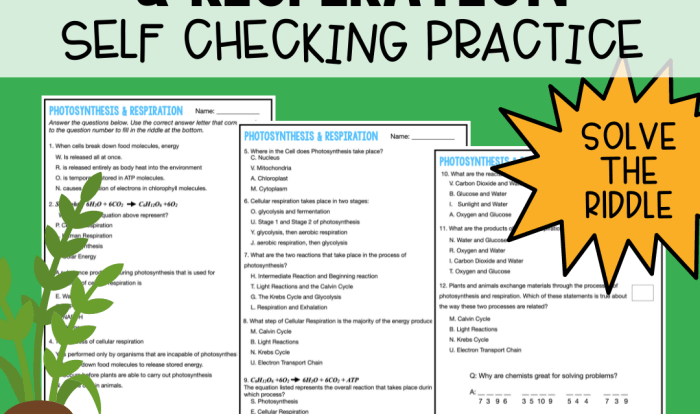The human body crossword puzzle answer key provides an engaging and comprehensive overview of the human body, offering a detailed exploration of its intricate systems and components. This guide delves into the major body parts, skeletal system, muscular system, nervous system, circulatory system, respiratory system, digestive system, endocrine system, urinary system, and reproductive system, providing a thorough understanding of their structure, function, and interconnections.
Through a series of tables, diagrams, and concise explanations, this answer key serves as an invaluable resource for students, educators, and anyone seeking to expand their knowledge of human anatomy. It empowers readers to confidently navigate the complexities of the human body, fostering a deeper appreciation for its remarkable design and functionality.
Human Body: Human Body Crossword Puzzle Answer Key
The human body is a complex system made up of many different parts that work together to keep us alive and functioning. These parts can be divided into several major categories, including the head, neck, torso, and limbs.
Parts of the Human Body, Human body crossword puzzle answer key
The human body is made up of many different parts, each with its own unique function. Some of the most important parts of the body include:
- Head:The head is home to the brain, which controls the body’s movements and functions. It also contains the eyes, ears, nose, and mouth, which allow us to see, hear, smell, and taste.
- Neck:The neck connects the head to the body. It allows us to move our head and look around.
- Torso:The torso is the central part of the body. It contains the heart, lungs, stomach, and other organs. It is also where the arms and legs are attached.
- Limbs:The limbs are the arms and legs. They allow us to move around and interact with our environment.
Skeletal System
The skeletal system is made up of bones, which provide support and protection for the body. Bones also store minerals and produce blood cells. The skeletal system is divided into two main parts: the axial skeleton and the appendicular skeleton.
- Axial skeleton:The axial skeleton is made up of the bones of the head, neck, and trunk. It provides support for the body and protects the vital organs.
- Appendicular skeleton:The appendicular skeleton is made up of the bones of the arms and legs. It allows us to move around and interact with our environment.
Muscular System
The muscular system is made up of muscles, which allow us to move our bodies. Muscles are attached to bones, and when they contract, they pull on the bones, causing them to move. There are three types of muscles: skeletal muscles, smooth muscles, and cardiac muscles.
- Skeletal muscles:Skeletal muscles are attached to bones and allow us to move our bodies. They are voluntary muscles, which means that we can control them consciously.
- Smooth muscles:Smooth muscles are found in the walls of organs and blood vessels. They are involuntary muscles, which means that we cannot control them consciously.
- Cardiac muscles:Cardiac muscles are found in the heart. They are involuntary muscles that contract and relax to pump blood throughout the body.
Q&A
What is the purpose of the human body crossword puzzle answer key?
The human body crossword puzzle answer key provides a comprehensive overview of the human body, its systems, and components, serving as a valuable resource for students, educators, and anyone seeking to expand their knowledge of human anatomy.
What topics are covered in the human body crossword puzzle answer key?
The human body crossword puzzle answer key covers the major body parts, skeletal system, muscular system, nervous system, circulatory system, respiratory system, digestive system, endocrine system, urinary system, and reproductive system, providing a detailed exploration of their structure, function, and interconnections.
How is the human body crossword puzzle answer key structured?
The human body crossword puzzle answer key is organized into sections for each body system, featuring tables, diagrams, and concise explanations that provide a clear and accessible overview of human anatomy.
